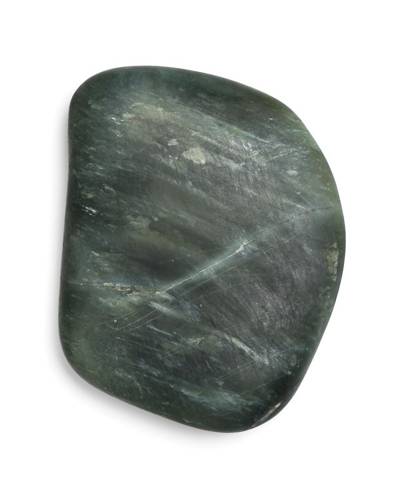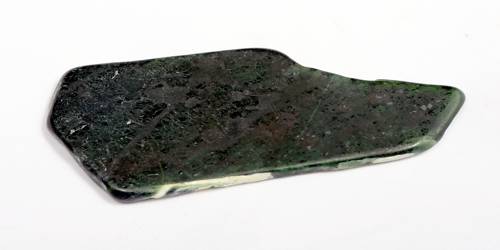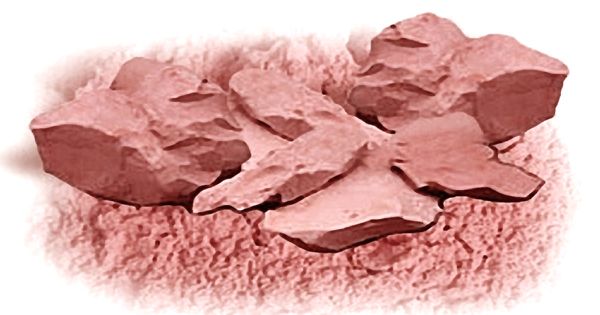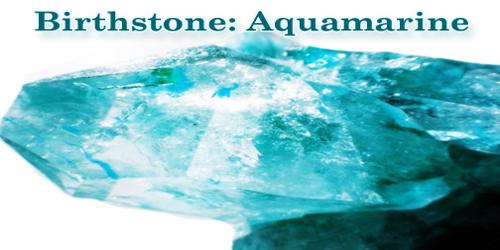Bowenite is a hard, compact variety of the serpentinite species antigorite, (Mg3(OH)O4Si2O5). Historically it was used for tools, weapons, and ornaments, although modern use is limited to jewelry, such as Tiki. Classed as semi-precious gemstone it has been used for tools, weapons, and jewelry by the Māori in New Zealand, and for jewelry by Fabergé.
Bowenite was named by James D. Dana in 1850 after George T. Bowen, who analyzed it in 1822.
General Information
- Formula: (Mg3(OH)O4Si2O5)
- Color: Light yellow through chartreuse
- Lustre: Resinous, Waxy, Greasy, Silky, Dull
- Specific Gravity: 2.4 – 2.79.

Properties of Bowenite
- Lustre: Resinous, Waxy, Greasy, Silky, Dull
- Transparency: Transparent, Translucent
- Comment: May grade into yellow-green
- Streak: white
- Hardness: 2½ – 4 on Mohs scale
- Tenacity: Sectile
- Cleavage: Perfect {001}
- Fracture: Irregular/Uneven, Splintery
- Density: 2.4 – 2.79 g/cm3 (Measured) 52 g/cm3 (Calculated)
The South Island deposits are legally protected, and taking material without Ngai Tahu permission has led to prosecutions. In 1992 Ngai Tahu approved the ‘Pounamu Resource Management Plan’ to manage deposits of this commercially valuable resource.
Occurrence
Bowenite is the state mineral of the U.S. state of Rhode Island. Deposits are found in several places around the world including Afghanistan, China, New Zealand, South Africa and the United States. It typically ranges in color from dark green to light olive green, and in shades approaching yellow.
Most deposits of bowenite are small, although a large deposit was discovered in South Africa in 1989. Deposits in China are in the Suzhou region, which accounts for its also being known as Suzhou jade with carving in elaborate designs.
Information Source:
















